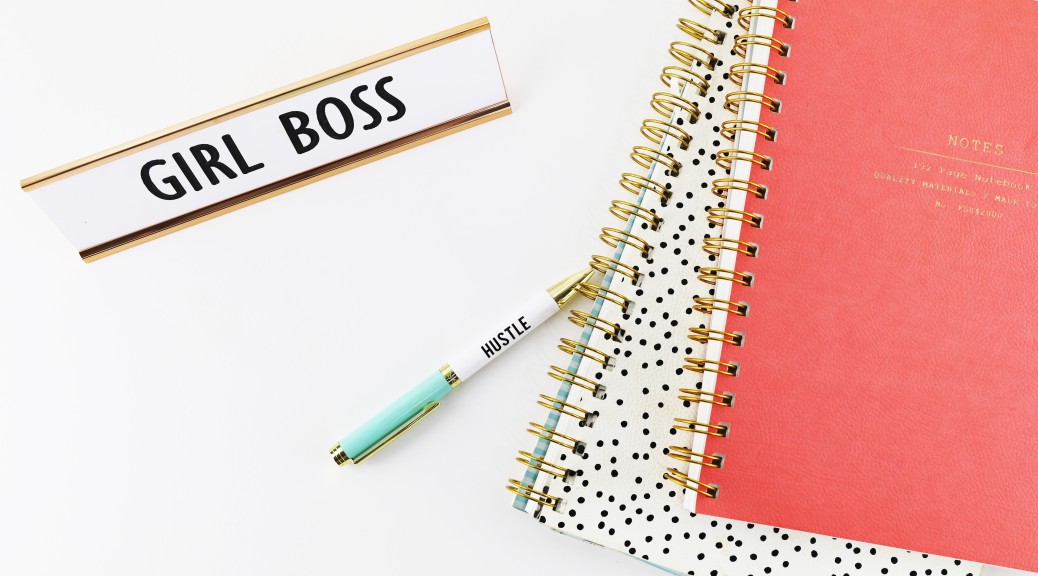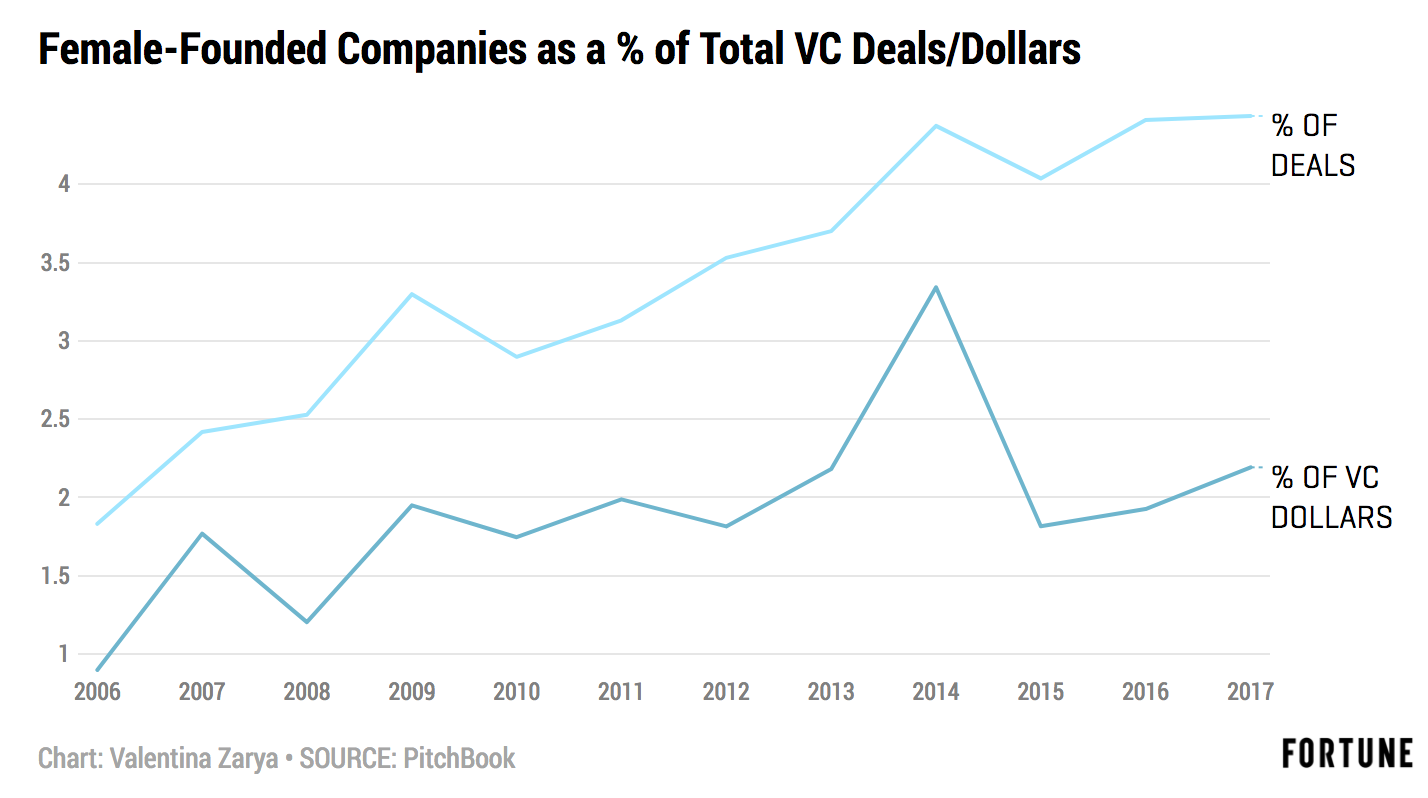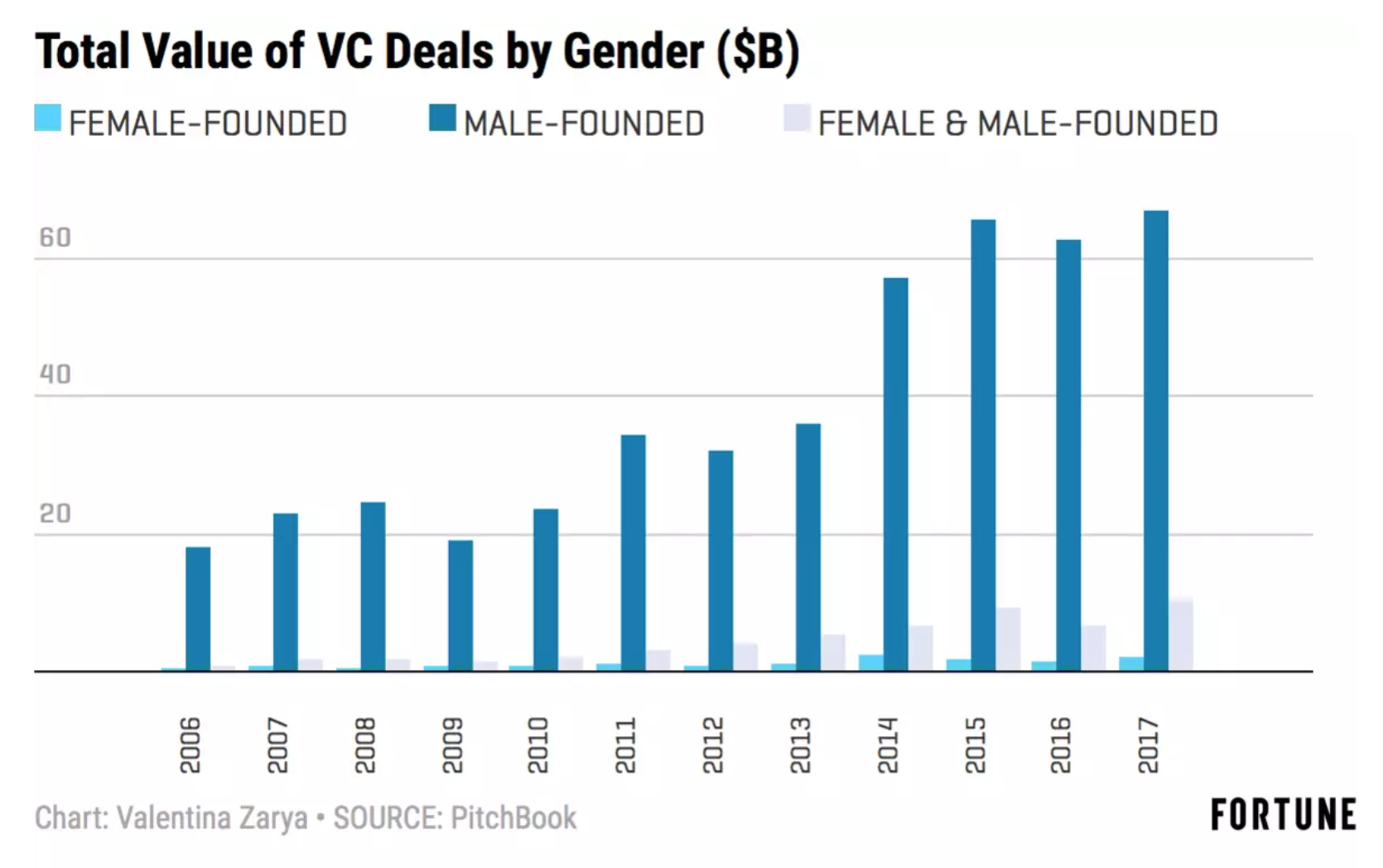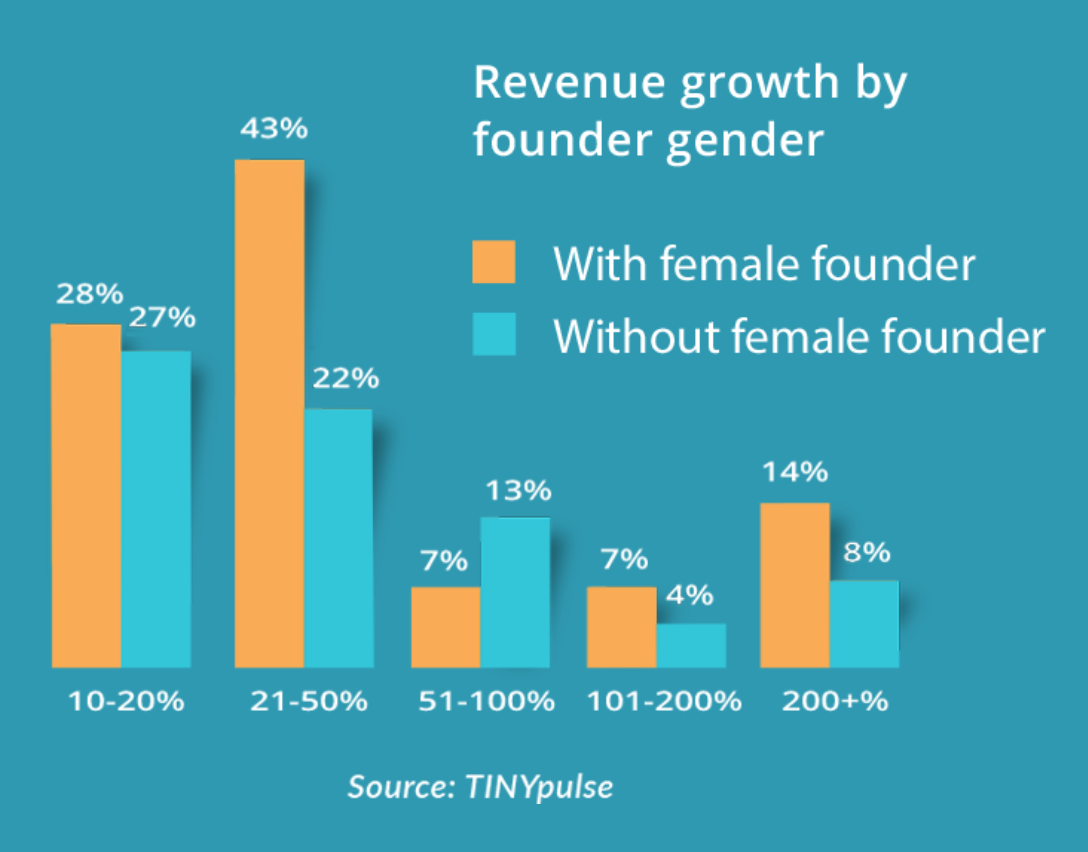Search Trends
One of the advantages of working at iSPY is that we get to see and explore some of the best visual content in the world. We can compare results side by side. We can explore media types and subject matter. We can also see popular search terms that often are driven from new trends. One that caught my attention recently was “gray hair.”
It seems that the fashion industry, and actually women of all ages are starting to embrace gray hair; from titanium to silver to platinum. I decided to do a little research and was surprised to see the first article that popped up on Google was from the Wall Street Journal entitled “The Hottest Hair Color of the Moment.”
Authenticity
My curiosity got the better of me as I tried to figure out what was causing this shift from coloring gray hair to embracing it. It seems that the movement is related to an increasing interest in authenticity.
People care about authenticity… to a point. We want to relate to visual content. But social media makes us long for an idealized reality. We want authentic but really good authentic. As people, we strive for the perfect selfie or travel pic. We long for the best locations, best outfits and best experiences. We aspire for more.
Honesty
In advertising and communications, however, authenticity is also about honesty. While consumers aspire for a more perfect world, they also want to be able to trust a brand. Ads can be beautiful but need also to be believable and relevant “to me.” Ads can be emotional but need to be engaging “to me.” Authenticity in communications is lost without trust.
Trust
Whether in an ad or editorial, trust is where the images and message come together in a true and powerful way that the reader believes; in how the message is presented, for sure, but mostly in how it is received. Whether in advertising or editorial communications, the reader must connect and believe in the story that is being told.
Balance
Companies are trying to find a balance. They want to deliver those “in the moment” amazing images but they also need to tell a compelling and believable story. For promotion, some images should not look real. They should look funny, clever or conceptual. But no matter the use, the message the image helps to deliver must be true to the story being told. It must be authentic in how the reader receives the message and how the image connects to the message being crafted.
So gray is the new blonde. Perhaps it is just hair color but probably not. There is a movement now to be more authentic and honest in this world where we can craft any kind of picture, real or not; where we want to embrace the best of ourselves in a truer and more authentic way. Readers need to connect with and trust communications and the communicator needs to find balance between honesty and using images that tell their compelling story.

Leslie Hughes is the CEO and Founder of iSPY Technologies, Inc. and iSPY Visuals, an intelligent search tool and workspace for visual content users. Hughes has over 20 years experience in digital media licensing, content production, and distribution, including having been President of Bill Gates’ Corbis Images, and President of the Markets and Products Group for Corbis Corp. She became an entrepreneur 10 years ago. Hughes has consulted or been part of 6 start-ups and 12 acquisitions. She has an MBA from the Cox School of Business at Southern Methodist University, is the proud mother of two and lives and works in New York.
Connect with Leslie: Twitter | LinkedIn | Angel List







